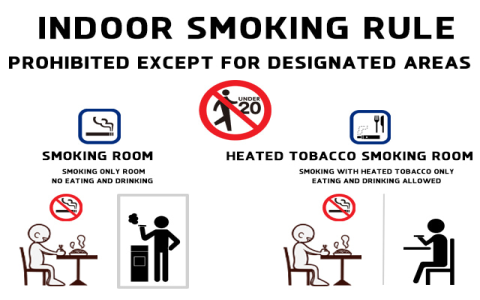Regulatory Landscape for Electronic Cigarettes in Japan
Japan possesses a distinct regulatory framework for electronic cigarettes and related nicotine delivery systems. The primary distinction lies in the treatment of nicotine-containing e-liquids versus heated tobacco products (HTPs).
- Nicotine-Containing E-Liquids: Under the Pharmaceutical and Medical Device Act (formerly the Pharmaceutical Affairs Law), e-liquids containing nicotine are classified as medicinal products. Their sale, distribution, and advertising within Japan are effectively prohibited without specific pharmaceutical licenses, which are virtually impossible to obtain for vaping products. Personal importation for personal use is permitted under strict quantity limits, but domestic commercial sale is banned.
- Non-Nicotine E-Liquids: Vaping devices and e-liquids that do not contain nicotine are legal to sell and use in Japan. These products are generally treated as consumer goods and are not subject to the same stringent regulations as nicotine products or tobacco.
- Heated Tobacco Products (HTPs): HTPs, such as IQOS (Philip Morris International), glo (British American Tobacco), and Ploom TECH (Japan Tobacco), are the dominant form of “electronic cigarette” in Japan. These devices heat processed tobacco to create an aerosol, rather than burning it. HTPs are regulated under the Tobacco Business Act, similar to conventional cigarettes, but often with distinct tax rates and marketing regulations. They are widely available and heavily marketed.
Market Characteristics and Dominance of HTPs
The Japanese market is overwhelmingly characterized by the success and prevalence of Heated Tobacco Products.

- HTP Market Leadership: Japan is one of the world’s largest and most developed markets for HTPs. Major tobacco companies launched these products early in Japan, achieving significant market penetration.
- Consumer Adoption: Japanese consumers have shown high adoption rates for HTPs. Factors contributing to this include perceptions of reduced odor, potential for reduced harm compared to combustibles, and sophisticated product design and marketing.
- Retail Availability: HTP devices and their corresponding tobacco consumables are readily available in convenience stores, tobacconists, and dedicated brand lounges across the country.
- Limited Liquid Vaping Scene: Due to the strict regulations on nicotine-containing e-liquids, the market for traditional tank-style vaping with nicotine is very small and niche, primarily relying on users personally importing nicotine liquids or using locally available zero-nicotine options.
Key Considerations for the Japanese E-cigarette Market
Understanding the Japanese e-cigarette landscape requires acknowledging several key points:
- Regulatory Divergence: The critical difference is the legal classification: nicotine e-liquids as pharmaceutical products (restricted) versus HTPs as tobacco products (regulated but widely sold).
- Industry Focus: The market is driven by large, established tobacco corporations investing heavily in their HTP brands.
- Public Health Perspective: While HTPs are positioned by manufacturers as reduced-risk alternatives, ongoing debate and research continue. The regulatory environment reflects a cautious approach to nicotine e-liquids while allowing HTPs as an alternative to traditional smoking.
In summary, when discussing “electronic cigarettes” in the Japanese context, it predominantly refers to Heated Tobacco Products, not the nicotine-based e-liquid vaping products common in many other countries. This distinction is crucial for understanding market dynamics, consumer behavior, and regulatory policies in Japan.










